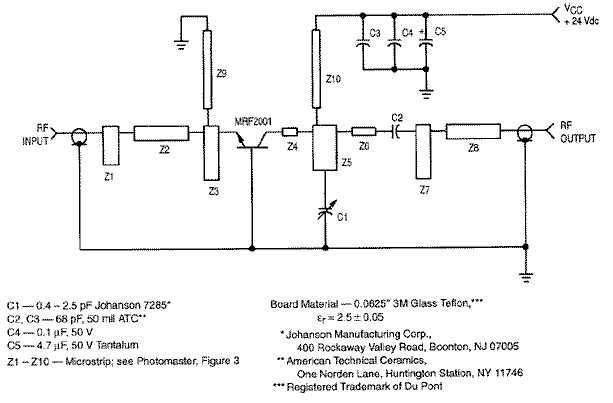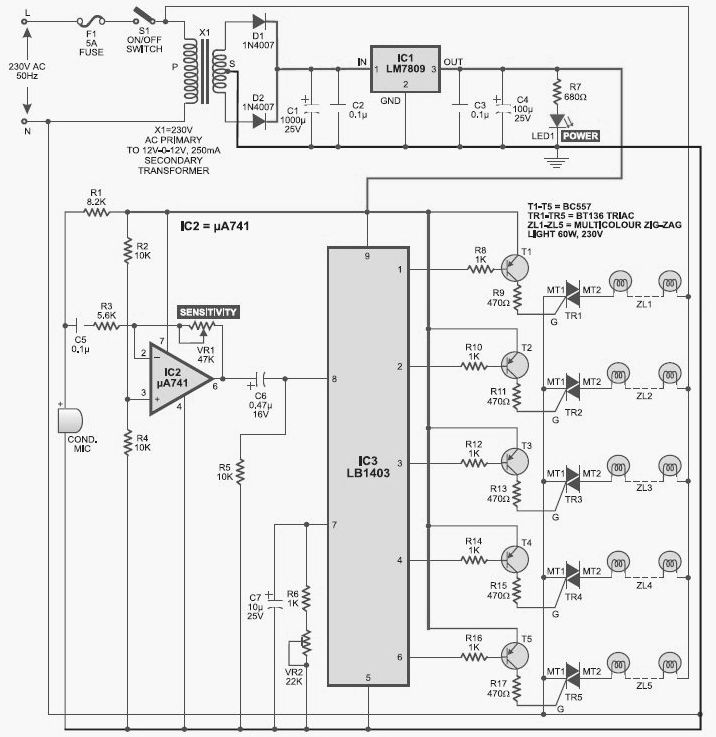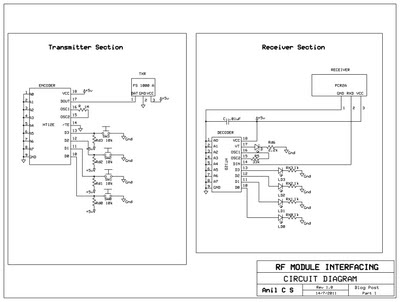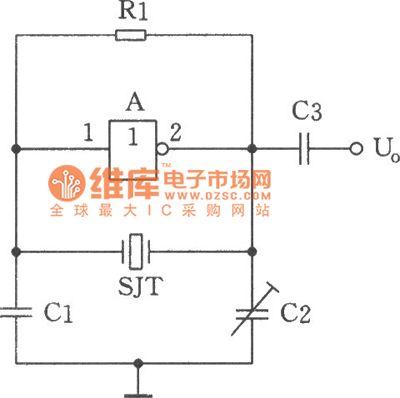
battery indicator circuit for the caravan
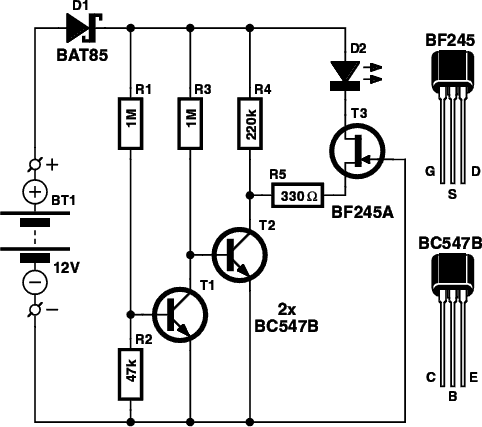
The i-TRIXX circuit is designed to prevent issues for individuals traveling in a caravan. It provides an early warning system through an illuminated LED, alerting users when the battery charge is low, thereby preventing the inconvenience of being unable to start the car after a holiday.
The i-TRIXX circuit functions as a battery management system specifically tailored for caravans and similar mobile setups. It integrates a voltage monitoring system that continuously assesses the state of the battery. When the voltage drops below a predefined threshold, the circuit activates an LED indicator. This visual alert serves as a prompt for the user to take corrective action, such as recharging the battery or ensuring that power-consuming devices are turned off.
The circuit typically includes a voltage divider to scale down the battery voltage to a manageable level for the microcontroller or comparator circuit. The LED is connected to a GPIO pin, ensuring that it can be turned on or off based on the voltage reading. Additionally, a resistor is included in series with the LED to limit the current and protect the LED from damage.
Incorporating a hysteresis feature in the voltage detection mechanism can prevent the LED from flickering due to minor fluctuations in battery voltage. This is achieved by setting two different voltage thresholds: one for turning the LED on and another for turning it off.
The i-TRIXX circuit may also benefit from a power-saving mode, allowing it to operate efficiently without draining the battery excessively when the caravan is not in use. This could involve the use of low-power components and sleep modes in the microcontroller.
Overall, the i-TRIXX circuit enhances the user experience by providing a simple yet effective solution to battery management, ensuring that users can enjoy their holidays without the worry of battery depletion.This i-TRIXX circuit can prevent a whole lot of trouble for those of you who go on holiday in a caravan. It would be a significant damper on your holiday spirit when you are ready to leave the camping and discover that you have used your battery too much and that you are now unable to start the car.
This annoyance can be avoided if you were warned early enough by an illuminated LED when the charge in the battery threatens to become too low.. 🔗 External reference
The i-TRIXX circuit functions as a battery management system specifically tailored for caravans and similar mobile setups. It integrates a voltage monitoring system that continuously assesses the state of the battery. When the voltage drops below a predefined threshold, the circuit activates an LED indicator. This visual alert serves as a prompt for the user to take corrective action, such as recharging the battery or ensuring that power-consuming devices are turned off.
The circuit typically includes a voltage divider to scale down the battery voltage to a manageable level for the microcontroller or comparator circuit. The LED is connected to a GPIO pin, ensuring that it can be turned on or off based on the voltage reading. Additionally, a resistor is included in series with the LED to limit the current and protect the LED from damage.
Incorporating a hysteresis feature in the voltage detection mechanism can prevent the LED from flickering due to minor fluctuations in battery voltage. This is achieved by setting two different voltage thresholds: one for turning the LED on and another for turning it off.
The i-TRIXX circuit may also benefit from a power-saving mode, allowing it to operate efficiently without draining the battery excessively when the caravan is not in use. This could involve the use of low-power components and sleep modes in the microcontroller.
Overall, the i-TRIXX circuit enhances the user experience by providing a simple yet effective solution to battery management, ensuring that users can enjoy their holidays without the worry of battery depletion.This i-TRIXX circuit can prevent a whole lot of trouble for those of you who go on holiday in a caravan. It would be a significant damper on your holiday spirit when you are ready to leave the camping and discover that you have used your battery too much and that you are now unable to start the car.
This annoyance can be avoided if you were warned early enough by an illuminated LED when the charge in the battery threatens to become too low.. 🔗 External reference
Warning: include(partials/cookie-banner.php): Failed to open stream: Permission denied in /var/www/html/nextgr/view-circuit.php on line 713
Warning: include(): Failed opening 'partials/cookie-banner.php' for inclusion (include_path='.:/usr/share/php') in /var/www/html/nextgr/view-circuit.php on line 713

